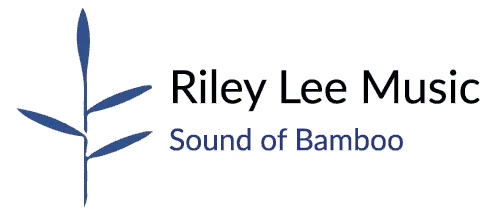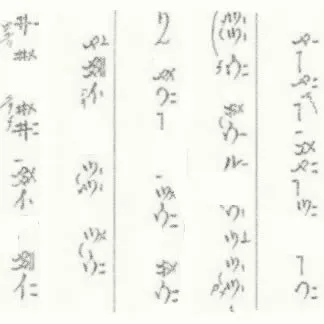The only theory behind the kana used in shakuhachi notation that I have heard of goes like this: The earliest notation (early 1600s) used the kana fu, ho, u, e, ya, i. These were chosen because they evoked the breathy or airy sounds of the solo shakuhachi. At this period in time, most if not all shakuhachi music was solo, predominantly honkyoku.
By the way, the “fu-ho-u” set of kana is still used by some lineages, notably in the Chikuho notation system. The late Watazumi also used these kana to notate his honkyoku. The kana used in Kinko notation, that is, ro tsu re chi ri (or in the case of Tozan notation, ro tsu re chi ha), were chosen when Kinko notation was developed in the18th century. They were chosen because at that time, the shakuhachi was more and more being played in ensemble with the koto and the shamisen. The kana was chosen because they evoked the percussive sounds these two instruments make when their strings are plucked with picks or plectrum.
The conclusion drawn by shakuhachi players who use variations of the “fu ho u” system is that it is more suited to honkyoku and it is older and therefore better than the “ro tsu re” systems. The opinion held by the 99% of the shakuhachi population who use the “ro tsu re” systems is that the above information is marginally interesting, but which kana used in the notation has no affect on the music, honkyoku or otherwise (unless, as Michael Gould pointed out, you sing the notation), and in any case, older is not necessarily better.

